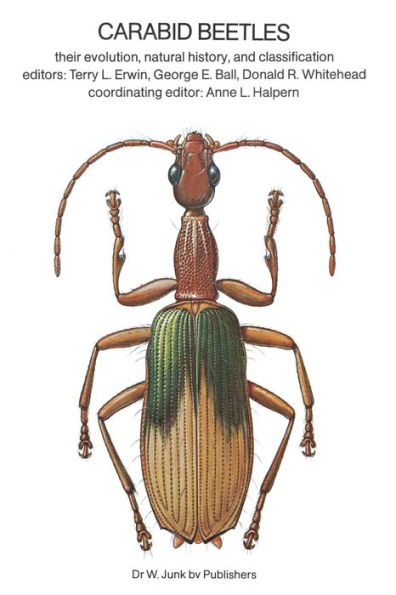5
1

Carabid Beetles: Their Evolution, Natural History, and Classification
646
Carabid Beetles: Their Evolution, Natural History, and Classification
646Paperback(Softcover reprint of the original 1st ed. 1979)
$159.99
159.99
In Stock

Product Details
| ISBN-13: | 9789400996304 |
|---|---|
| Publisher: | Springer Netherlands |
| Publication date: | 11/11/2011 |
| Edition description: | Softcover reprint of the original 1st ed. 1979 |
| Pages: | 646 |
| Product dimensions: | 5.98(w) x 9.02(h) x 0.05(d) |
From the B&N Reads Blog
